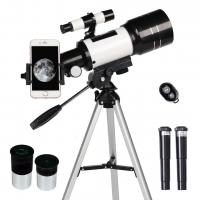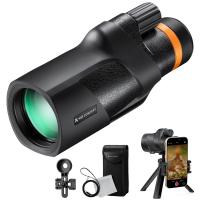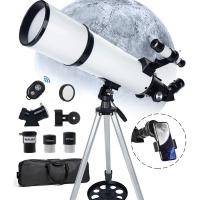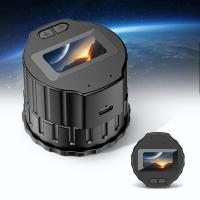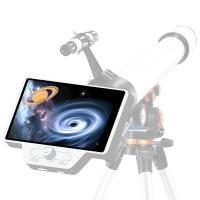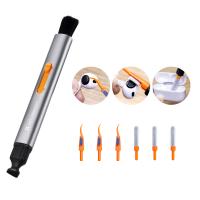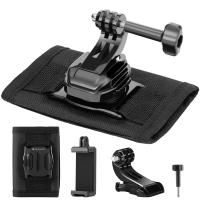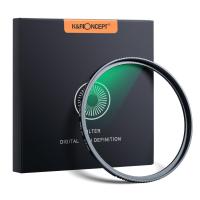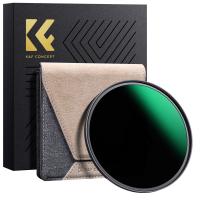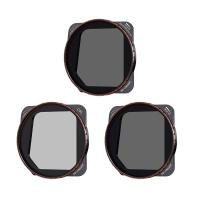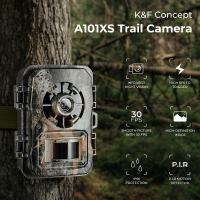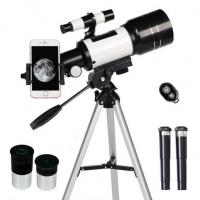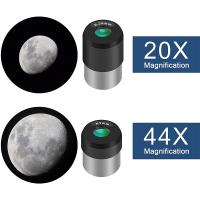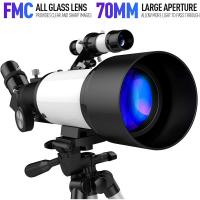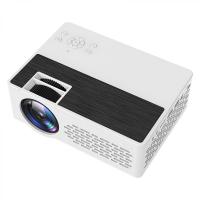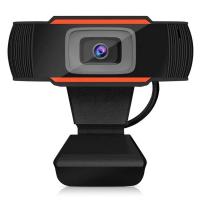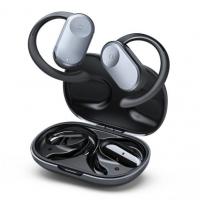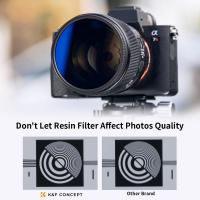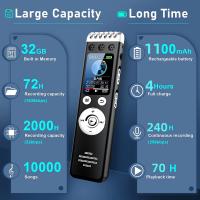Which Telescope For Astrophotography?
Astrophotography is a fascinating and rewarding hobby that combines the art of photography with the science of astronomy. However, choosing the right telescope for astrophotography can be a daunting task, especially for beginners. With a plethora of options available, each with its own set of features and specifications, it's essential to understand what to look for in a telescope to capture stunning images of the night sky. In this article, we will delve into the key factors to consider when selecting a telescope for astrophotography, discuss the different types of telescopes available, and provide recommendations for various skill levels and budgets.
Key Factors to Consider
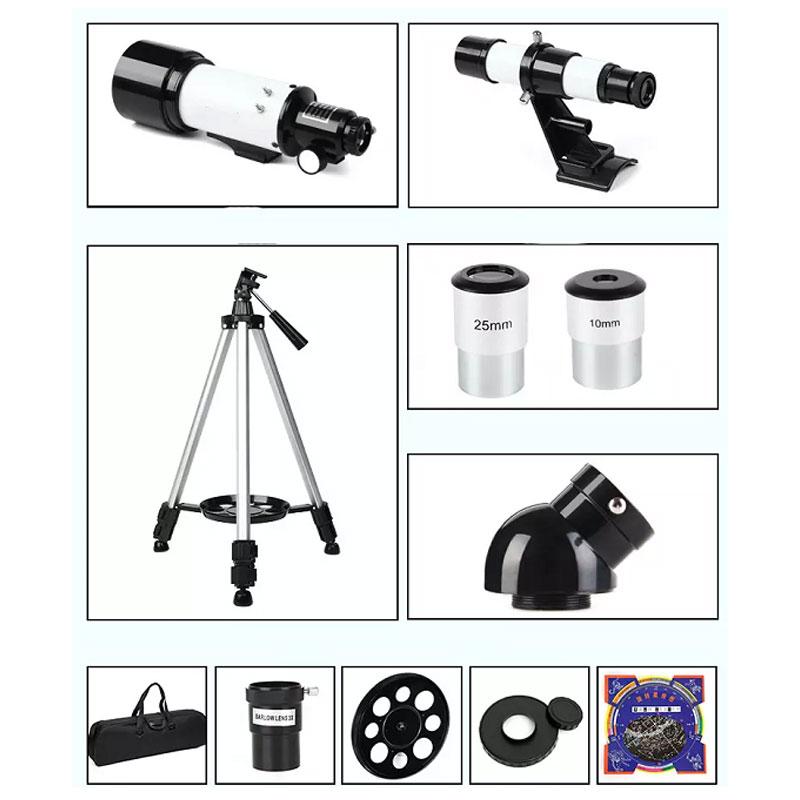
1. Aperture

The aperture of a telescope is the diameter of its main optical component (lens or mirror) and is crucial for gathering light. A larger aperture allows more light to enter the telescope, resulting in brighter and more detailed images. For astrophotography, an aperture of at least 80mm (3.1 inches) is recommended. However, larger apertures can provide better results, especially for deep-sky objects like galaxies and nebulae.
2. Focal Length and Focal Ratio

The focal length of a telescope determines its magnification and field of view. A longer focal length provides higher magnification but a narrower field of view, which is ideal for capturing detailed images of planets and the moon. Conversely, a shorter focal length offers a wider field of view, making it suitable for photographing large deep-sky objects.
The focal ratio (f/ratio) is the focal length divided by the aperture. A lower f/ratio (e.g., f/5) means the telescope is "faster" and can capture more light in a shorter exposure time, which is beneficial for astrophotography. A higher f/ratio (e.g., f/10) requires longer exposure times but can provide higher resolution images.
3. Mount
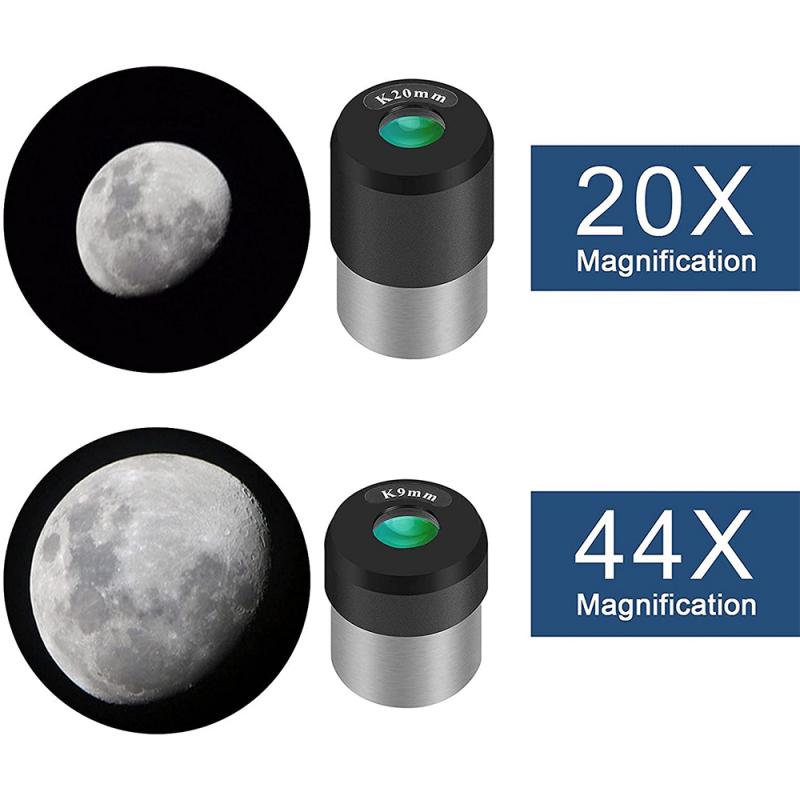
A stable and precise mount is essential for astrophotography. There are two main types of mounts: altazimuth (AZ) and equatorial (EQ). While AZ mounts are simpler and easier to use, EQ mounts are preferred for astrophotography because they can track the motion of the stars more accurately. A motorized EQ mount with a tracking system is highly recommended to compensate for the Earth's rotation and prevent star trails in long-exposure images.
4. Camera Compatibility
Ensure that the telescope you choose is compatible with your camera. Most modern telescopes can be used with DSLR or mirrorless cameras using appropriate adapters. Some telescopes are also designed to work with dedicated astrophotography cameras, which can offer better sensitivity and lower noise levels.
5. Portability
Consider the portability of the telescope, especially if you plan to travel to dark-sky locations. Larger telescopes with bigger apertures and longer focal lengths can be heavy and cumbersome to transport. A more portable setup may be preferable for those who need to move their equipment frequently.
Types of Telescopes
1. Refractor Telescopes
Refractor telescopes use lenses to gather and focus light. They are known for their sharp and high-contrast images, making them ideal for lunar and planetary photography. Apochromatic (APO) refractors, which use multiple lenses to correct for chromatic aberration, are particularly popular among astrophotographers. However, refractors with larger apertures can be expensive.
2. Reflector Telescopes
Reflector telescopes use mirrors to gather and focus light. They offer larger apertures at a lower cost compared to refractors, making them suitable for deep-sky astrophotography. Newtonian reflectors are a common type of reflector telescope used by astrophotographers. However, they may require regular collimation (alignment of mirrors) and can suffer from coma (distortion of stars at the edge of the field of view).
3. Catadioptric Telescopes
Catadioptric telescopes combine lenses and mirrors to offer a compact design with a long focal length. The two most common types are Schmidt-Cassegrain (SCT) and Maksutov-Cassegrain (Mak) telescopes. These telescopes are versatile and can be used for both planetary and deep-sky astrophotography. They are also relatively portable and require less maintenance compared to reflectors.
Recommendations
For Beginners
For those new to astrophotography, a small to medium-sized refractor telescope with an aperture of 80-100mm and a focal ratio of f/5 to f/7 is a great starting point. A popular choice is the Sky-Watcher Evostar 80ED, which offers excellent optical quality at an affordable price. Pair it with a sturdy EQ mount like the Sky-Watcher EQ5 or Celestron AVX for reliable tracking.
For Intermediate Users
Intermediate astrophotographers may want to consider a larger refractor or a Newtonian reflector with an aperture of 150-200mm. The Explore Scientific ED102 is a high-quality refractor with a 102mm aperture and f/7 focal ratio, suitable for a wide range of astrophotography targets. Alternatively, the Sky-Watcher Quattro 200P is a fast f/4 Newtonian reflector that excels in deep-sky imaging.
For Advanced Users
Advanced users looking for the best performance may opt for a high-end APO refractor or a large catadioptric telescope. The Takahashi FSQ-106ED is a premium APO refractor with a 106mm aperture and f/5 focal ratio, renowned for its exceptional image quality. For those interested in a versatile catadioptric telescope, the Celestron EdgeHD 8" SCT offers an 8-inch aperture and advanced optical design for stunning planetary and deep-sky images.
Choosing the right telescope for astrophotography involves balancing various factors such as aperture, focal length, mount stability, camera compatibility, and portability. By understanding these key considerations and exploring the different types of telescopes available, you can make an informed decision that suits your needs and budget. Whether you are a beginner, intermediate, or advanced astrophotographer, there is a telescope out there that can help you capture the beauty of the night sky. Happy stargazing and clear skies!



